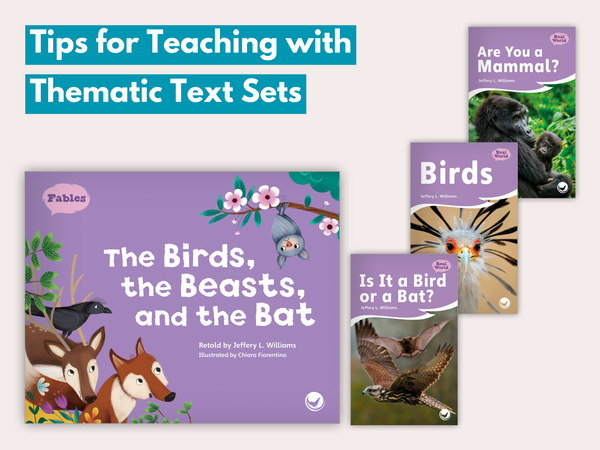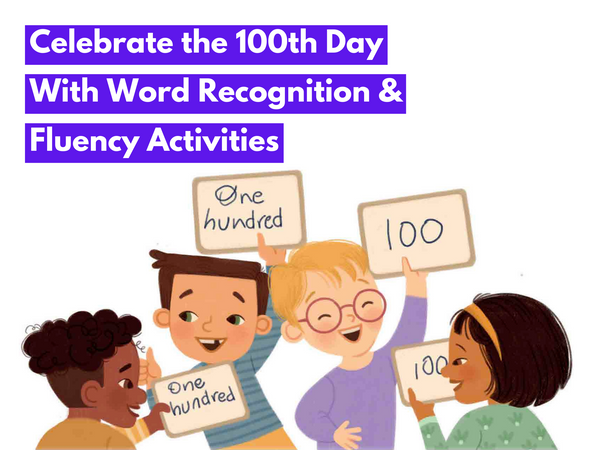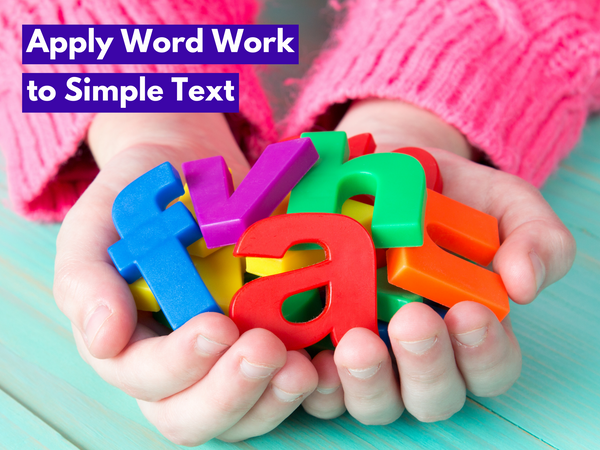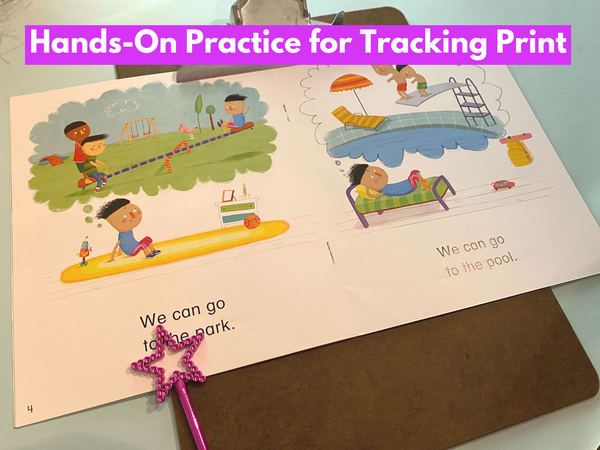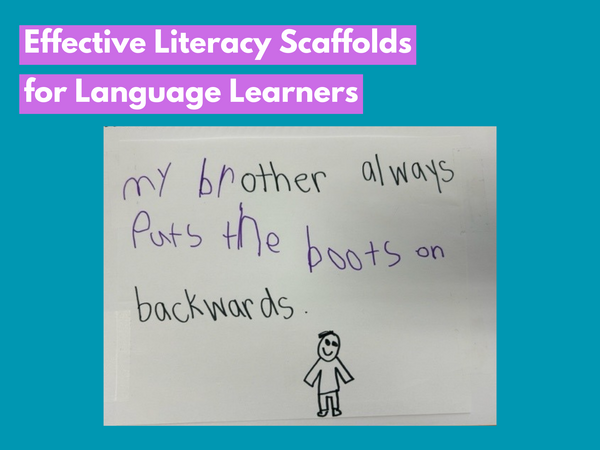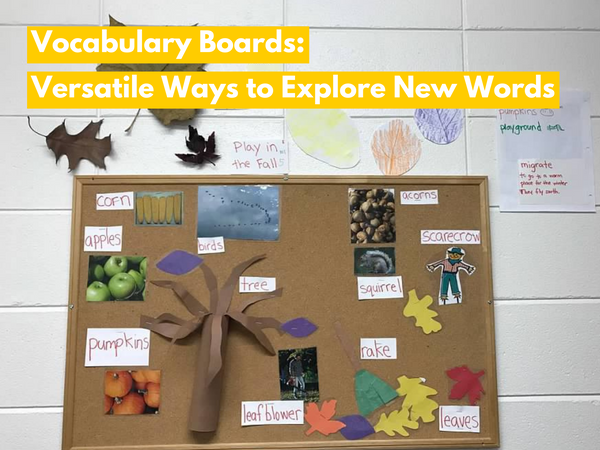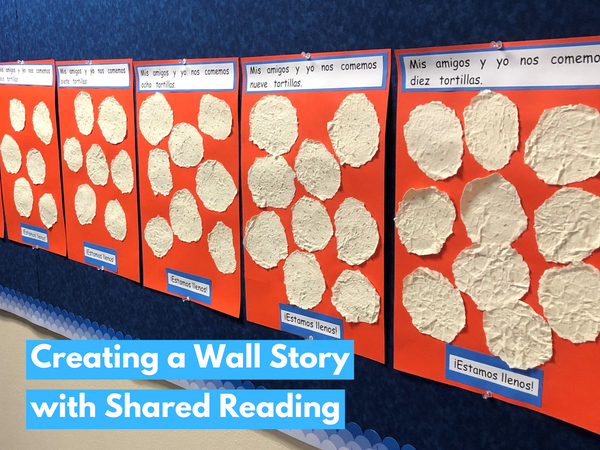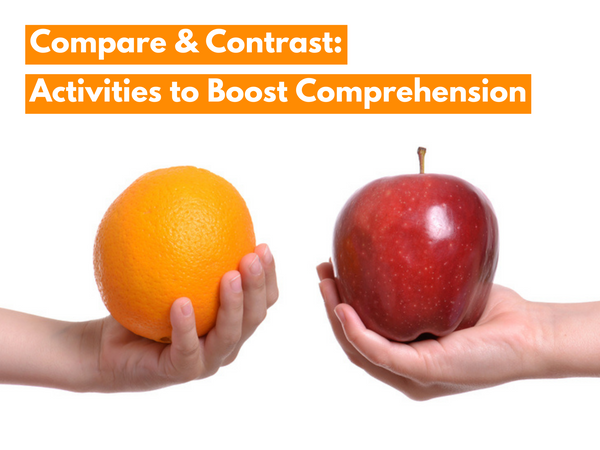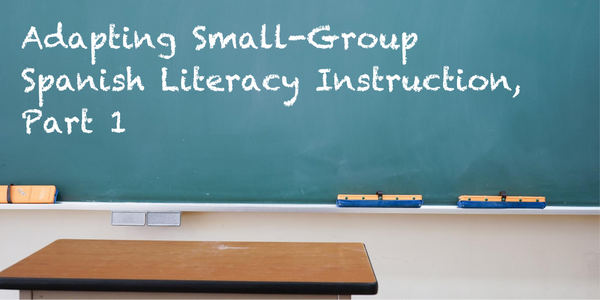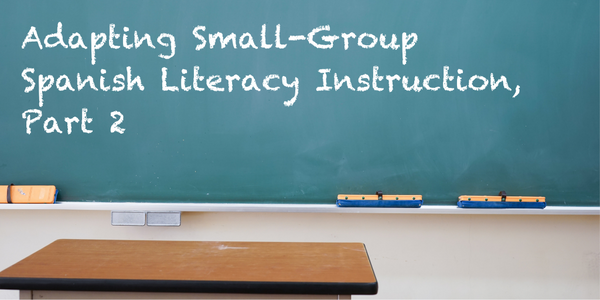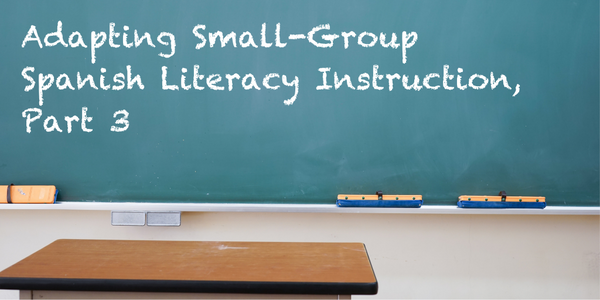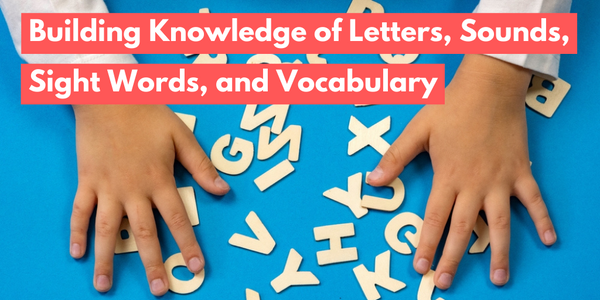Happy Groundhog Day! Punxtsutawney Phil saw his shadow today, which means that we still have six more weeks of winter...or do we?
Groundhog Day is always filled with anticipation, so children are always disappointed when they learn that the custom has no concrete meteorological reasoning. Although the groundhog’s shadow might not accurately predict the arrival of spring, you can teach students that we can actually shadows on the ground to tell the time!
What’s The Time? from the Story World Real World series explains different ways in which humans can measure time. Before reading, discuss that shadows occur when an object blocks light. If your students have already learned about opaque and transparent objects, this discussion will review the concept that only opaque objects create shadows.
- Read about the relationship between the sun and a shadow. When a groundhog sees its shadow, where is the light coming from? (The sun.)
- If you have a portable projector or another movable source of light in your classroom, use it to demonstrate that when the light source moves, the shadow moves, too.
p. 5:
- What is a sundial? Ask students to point to the shadow in the image. This exercise teaches that images illustrate and support key ideas in the text (CCSS.ELA-LITERACY.RI.1.6).
- How does a sundial look similar to the clocks you see today? How is it different?
p. 6–7:
- If it’s sunny outside, make a class sundial as shown in the book. All you need are stones or chalk and a tall stick. You can make a sundial with snow on the ground, too, as long as the sun is in the sky!
Groundhog Day itself doesn’t have scientific credibility, but you can teach real science lessons about shadows and time instead. Students will be thrilled to turn off the classroom lights and watch shadows move! Make sure to read the rest of What’s The Time? to learn about egg timers, hourglasses, and other clocks that don’t use shadows.
Click the images below to learn more about Story World Real World , which contains the book featured in this post.

















